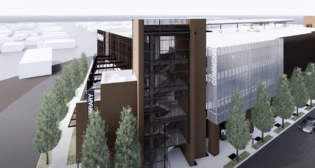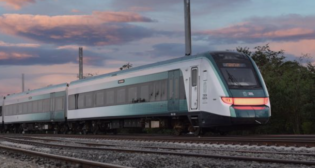
In a Historic First, BART Runs Exploratorium Train and Station Advertisements in Chochenyo
Written by Bay Area Rapid Transit Communications Department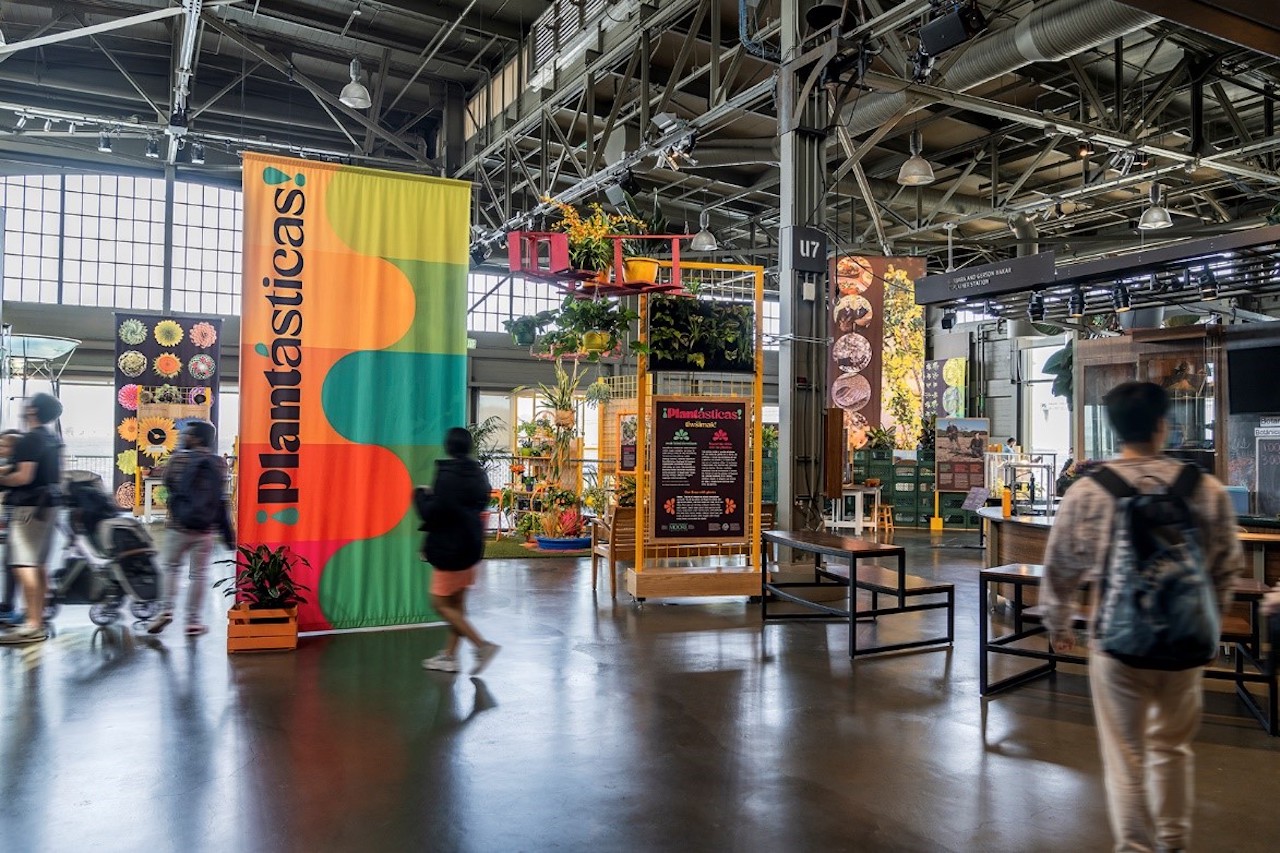
¡Plantásticas! at the Exploratorium. The exhibition runs through Sept. 24.
For the first time in its fifty-year history, BART is running advertisements on trains and in stations written in the oldest language of the inner East Bay, Chochenyo.
Chochenyo is the language of the Ohlone people whose traditional homeland is between what is now known as Richmond and Fremont. Once thought to have disappeared, Chochenyo today is “thriving, valuable, and beautiful,” said Ohlone cultural leaders Vincent Medina and Louis Trevino, who run mak-‘amham/Cafe Ohlone, located outside the Hearst Museum of Anthropology at UC Berkeley. mak-‘amham/Cafe Ohlone is about a 12-minute walk from Downtown Berkeley Station. Last year, Medina and Trevino collaborated with California College of the Arts students Hyunsoo Kang and Walker Lambert, with support and guidance from the BART Art Program and Communications Department, to include Chochenyo on original designs the students created for escalator construction barricades at BART’s San Francisco Market Street Stations.

Over the past three years, Medina and Trevino, along with Los Angeles artist Andi Xoch and Maya elder and plant enthusiast Doña Maria Ávila Vera, have worked with the Exploratorium to develop the museum’s groundbreaking ¡Plantásticas! exhibition. The exhibition, which was co-directed by the Exploratorium’s Kevin Boyd and Sarah Seiter, examines the variety of ways plants shape our culture and planet, from food and science to art and gardening.
The advertisements for the multilingual exhibition were written in Spanish first and then translated into English, while Medina and Trevino created the Chochenyo translations. The ads—in Chochenyo, Spanish, and English—have run on BART, in the San Francisco Chronicle, and in San Francisco magazine. In Chochenyo, the ad reads “tiwšimak!” a rough translation of the exhibition title that means, “Let’s blossom!” The exhibition tagline, “mak-‘iššaš tiwwišum,” translates to “Our lives with plants.”
“With our recent work with the ¡Plantásticas! exhibition at the Exploratorium in yelamu—San Francisco—we co-created a space at the museum that uplifts specific cultural knowledge on native plants as taught to us by our elders—powerful teachings that stretch back into the ancient,” Medina and Trevino said in a statement to BART. “This is quite literally the first time label copy at a public museum has been fully translated into Chochenyo, and the first time a BART advertisement has been completely in our language, too; this is something historic on its own right.”
For every new exhibition at the Exploratorium, the marketing team creates a suitable, engaging campaign to promote the exhibition to the public. The team, led by Director of Marketing, Jason Davis, sought to do things a bit differently for ¡Plantásticas!
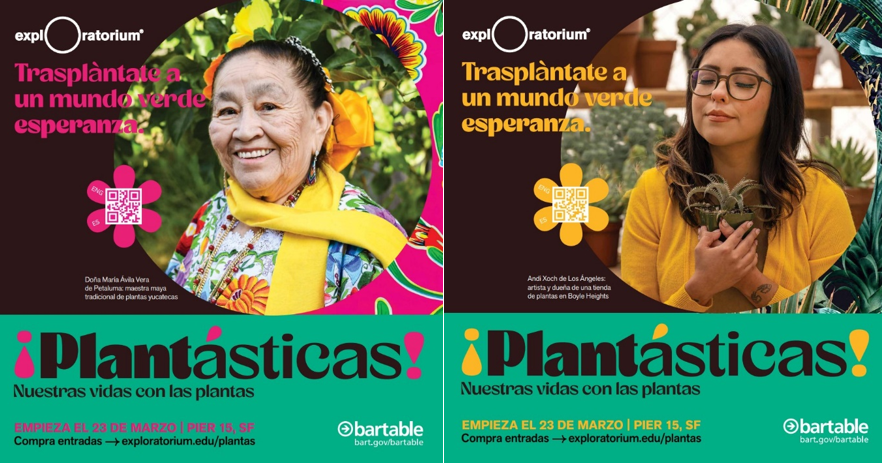
“We wanted to eliminate as many barriers as possible and make sure people from all kinds of cultural backgrounds could come to the museum and have a meaningful experience,” Davis said of the decision to present ¡Plantásticas! in Spanish and Chochenyo first, and English second.
“¡Plantásticas! was an exciting opportunity from a marketing perspective. Of course we wanted to drive attendance and awareness for the exhibition, but that was not our only goal. In the spirit of honoring the Ohlone people we used their native language in the advertising as a way to connect their community with the wider Bay Area community. As a marketer, I am proud that we were able to share their language within public spaces and various media platforms.”
BART is a longtime community partner of the Exploratorium, which is located on the San Francisco waterfront just a short walk from Embarcadero Station. Jill Buschini, who manages partnerships for BART’s Marketing Department, said she got chills the moment she learned about the use of Chochenyo in the marketing for ¡Plantásticas!
“Even now when I think about how they must have felt to see their language, which very few know, on their BART ride and the immeasurable significance it must have held for them still gives me chills,” Buschini said. “BART Marketing has partnered with Jason Davis and his team at the Exploratorium for a lot of years. They always have beautiful exhibitions with equally beautiful and creative ads in their marketing for them. But they went out on a limb with this one by speaking to the few and creating meaning for all—for where we live, work, and even for where we take BART.”
Medina and Trevino said seeing their language and culture promoted on the same BART trains “that Ohlone people use regularly means a great deal to us” and provides “authentic representation for our community where we see ourselves reflected.”
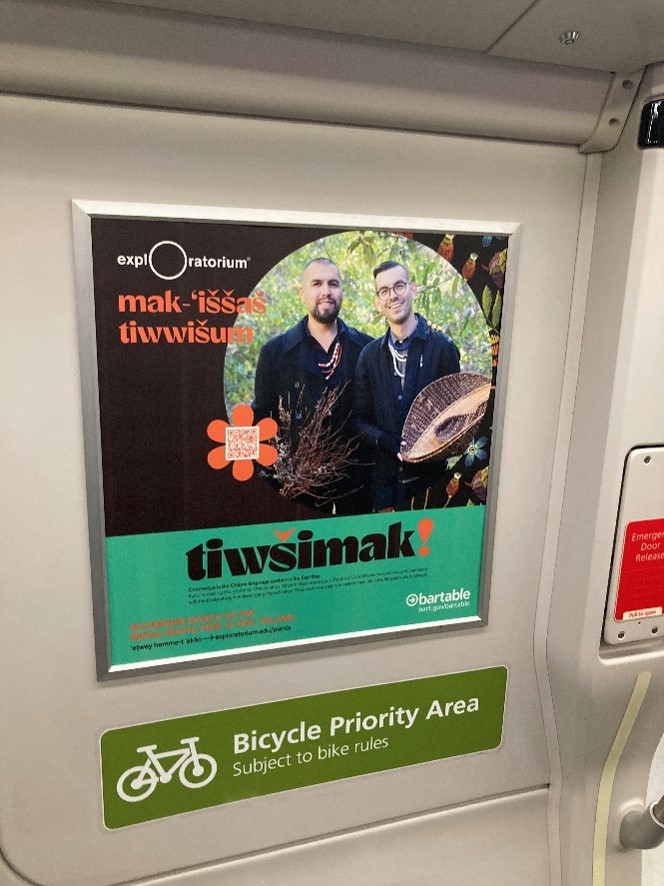
“Our Ohlone community is a modern, savvy one that is fully familiar with the BART system,” the leaders said. “We use BART to navigate routes around the Bay, not unfamiliar to generations before us who navigated the same routes in fine boats constructed of tule reeds.”
Medina and Trevino said the ads serve as a “positive acknowledgement…that reinforces that we are here, that we’ve never left our beautiful homeland, and that we will be here tomorrow, too.”
¡Plantásticas! ads are still running on BART trains and in stations. ¡Plantásticas! is at the Exploratorium through Sept. 24.
